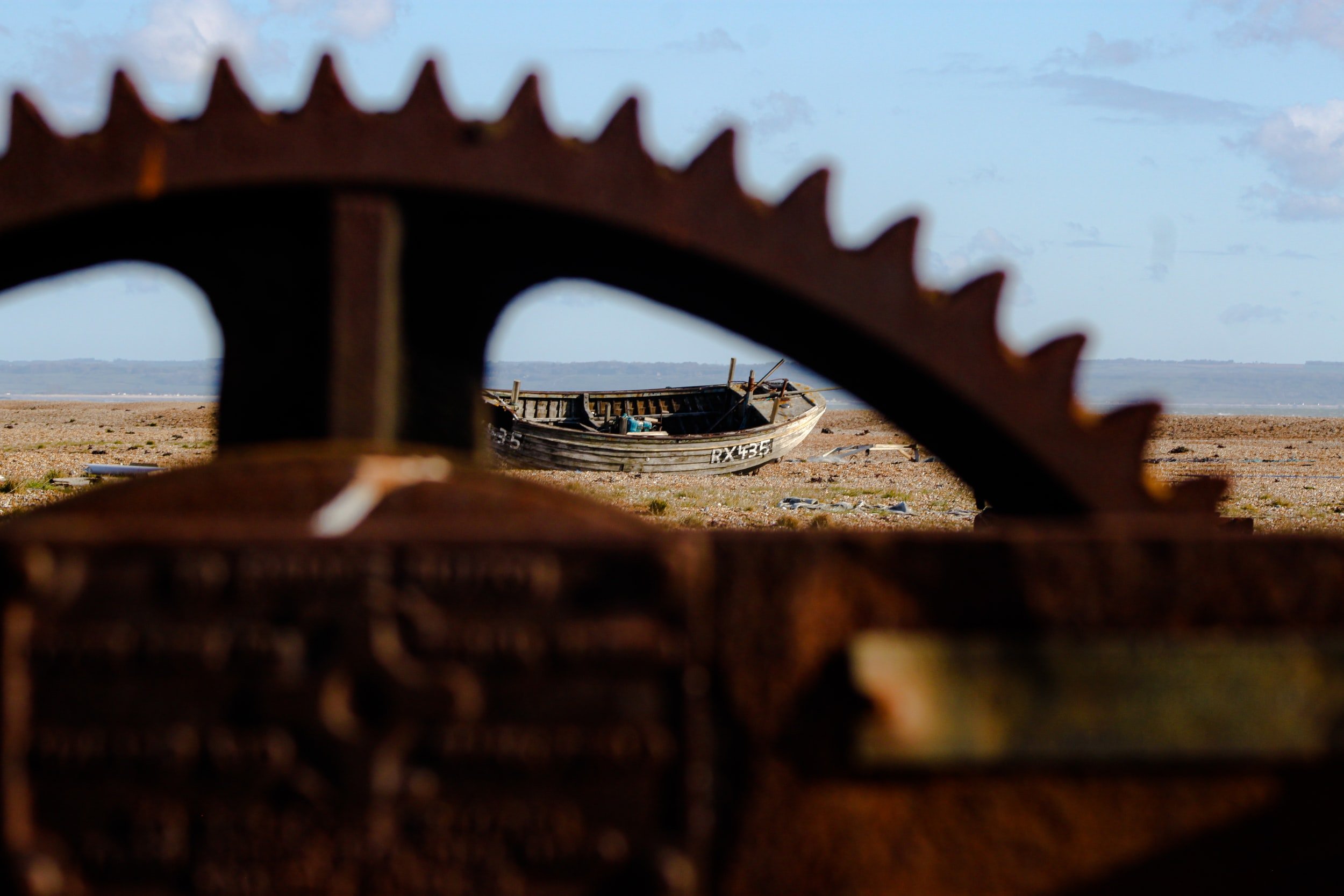
We’re connecting a network of creative culture rooted in our industrial past to explore and define the future of our region.
Our Story
There is something singular and unique about the industrial midwest. Nestled into the shallow basin the Lake Erie region is a network of cities — connected by shipping, rail, and freight — that have designed, developed, and manufactured the products that defined America through the 19th and 20th centuries. This region was the fastest-growing part of the nation during those years. And then, there was the tragic and traumatic downfall fo the post-industrial white-flight era, which has been well-documented and we won’t bother to recount here. In recent years, each city along this waterbelt has been forced to reinvent itself and find new ways to thrive. At the heart of each movement in each city has been artists and creatives.
In many ways, this story is the microcosm of America. What is singular and unique about this region is that it has so much in common historically, culturally, aesthetically. But we’re divided along fabricated state borders that have culminated in famous rivalries for decades.
Toledo, OH / Toledo, MI
No where is this more apparent than in Toledo, Ohio.
Originally founded as part of Michigan, Toledo was traded to Ohio for the Upper Peninsula as a compromise and outcome of the Toledo War. As we like to say, it’s been part of both states and now is part of neither. Yet, a strange connective culture emerged from a city torn by two states. Most notably, during the Prohibition-era, Toledo became a neutral meeting ground for bootleggers from Detroit and Cleveland smuggling liquor across Lake Erie from Canada, earning it the moniker, Holy Toledo.
If the metropolises of Detroit and Cleveland are planets, the smaller cities of Flint and Akron are their respective moons. Sandwiched in the middle, Toledo remains geographically positioned to foster a spirit of connectivity that can lead to new creative, social, and economic opportunity.
Approach
As artists and arts professionals, we at the OHMI Workshop have had unique opportunity to connect with creatives from around our region and begin to hone in on the “culture of hands” that is at the core of who we are. We are workers, laborers, skilled trades heirs who in many cases took the bleak ruins left to us and chose to make them beautiful and inspirational. In the wake, we have exported art, artists, music, writing, and talents of all decrees around the world that do not look or sound like anything else from anywhere else.
This is the legacy we aim to explore, building new connections, collaborations, and opportunities along the way that enhance the lives of artists, celebrate the pride of our communities, and tell a better story about our region.
Artist-to-Artist Networking
The unique approach to this project will be in the way we expand our network through “Artists referring Artists.” While some content will be curated, most will be informed by featured artists connecting us with colleagues in their networks that span the Focus Cities, as well as select features from across Ohio and Michigan.
We’re excited to see how this organic approach develops as a collaborative creation in its own right and we look forward to you joining us.
Land Acknowledgment
The OHMI Project recognizes that the cities and land central its narrative and work were stolen, often brutally and through unhonored treaties, from multiple tribes and indigenous inhabitants who nurtured and cultivated the phenomenal natural preserve of the Great Lakes region. We recognize that neither these people nor stories are rooted in the past. These are living people, cultures, and histories that deserve to held up. We encourage all of our guests to learn more about this history. Resources in this regard will be updated and included below.
Native Land Map - An interactive resource to learn about the lands you inhabit, explore treaties, history, and acknowledgment resources.

